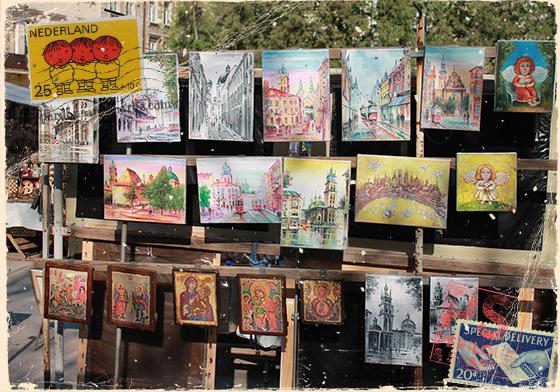“Bears are not pink.”
She seemed extraordinarily serious and I, not surprised by anything that comes out of the mouths of four and five year olds, just smiled.
“I know,” I answered. “That’s what makes it fun.”
This time she grinned and promptly colored her elephant green. Later on, I noticed two more kids coloring, one scolding his friend for “coloring outside of the lines.”
“You’re not supposed to do that,” he told me, pointing accusingly at his friend’s picture. “That’s just scribbles.”
“That’s abstract art,” I replied, ruffling the hair of the future James Pollock. “Not all pictures were made to color inside of the lines.”
James Pollock smiled at me, and I winked.
Due to my playful nature and my soft spot for the future generation, I guess it’s no surprise that I work with kids. This summer, I worked in a daycare with the four and five year olds. It’s awesome watching them grow. You can see their personalities begin to blossom through their playing habits, especially how they color.
At this age, most of the kids have realized that coloring inside the lines and coloring pictures with “correct” colors earns them more praise. Now, I’m not saying there isn’t any merit to that. In fact, we recently just helped teach the kids what colors the planets are with a coloring sheet, so there are definitely some perks to coloring traditionally, but there’s a time and a place for everything, and I think those who color abstractly really should be given more credit.
I mean, think about it. Sure it’s good to recognize that the grass is green, but it’s even more important to wonder what the grass would look like if it was blue or red or burgundy or periwinkle. Flamingos are known for being pink, but personally I think that sometimes it’s cool to imagine them neon green. The fact of the matter is that it’s even more important to nourish creativity and divergent thinking than realism. Without dreamers, where would the world be? Our ability to see the world in different ways is imperative to helping envision a better world, one where people are more willing to see something from another’s perspective.









Leave A Comment